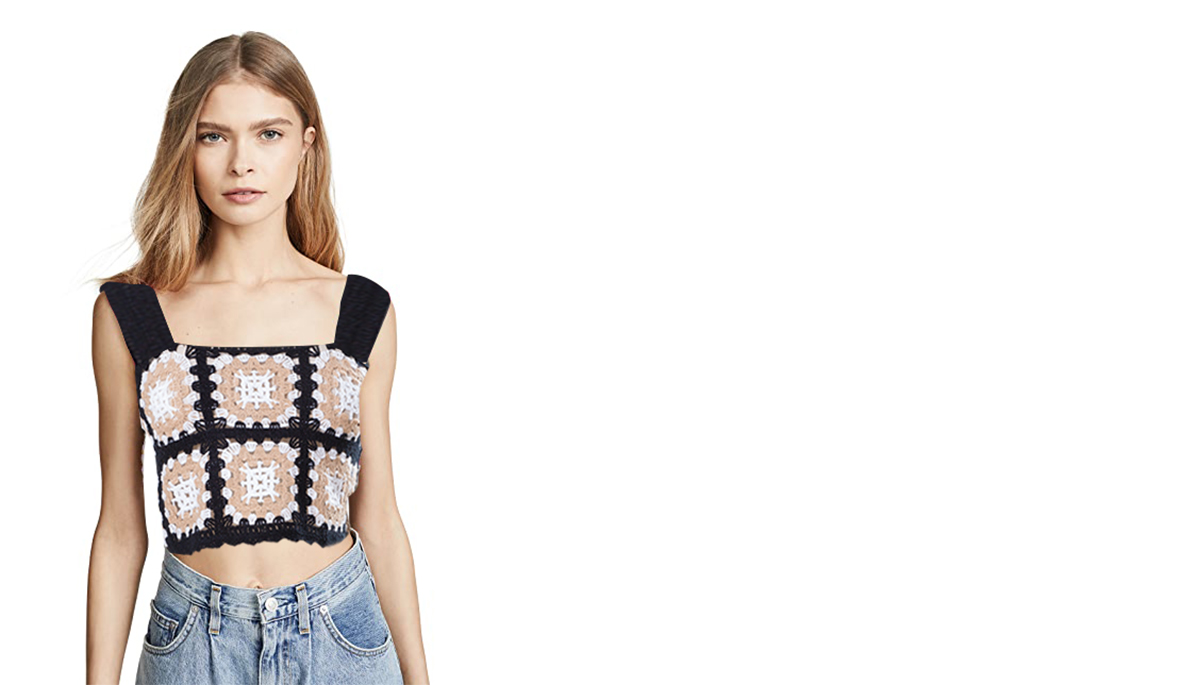If you are interested in some of our products, please feel free to visit our website or contact us for detailed information.
The choice of hijab scarf for different occasions and outfit coordination is an important aspect of Muslim women's fashion. Hijab scarves can vary in style, color, and fabric to suit various occasions and complement different outfits. Here are the key characteristics related to the occasion and outfit coordination of hijab scarves:
Formal vs. Casual Occasions: Muslim women often choose hijab scarves based on the formality of the occasion. For formal events like weddings, parties, or religious ceremonies, they may opt for more elaborate and elegant scarves with intricate designs or embellishments. For everyday wear or casual outings, simpler and comfortable scarves may be preferred.
Color Matching: Matching the color of the hijab scarf with the outfit is a common practice. Some women prefer to wear hijab scarves that either complement or contrast with the colors of their clothing. For example, a neutral-colored scarf may be paired with a vibrant dress, or a matching scarf color may create a coordinated look.
Prints and Patterns: The choice of prints and patterns on hijab scarves can also be influenced by the occasion. Floral or ornate patterns may be chosen for special events, while plain or subtle patterns may be more suitable for everyday wear.
Fabric Selection: The fabric of the hijab scarf can vary based on the season and the formality of the occasion. Lightweight and breathable fabrics like chiffon or silk are often chosen for warm-weather events, while heavier fabrics like wool may be selected for colder seasons.
Accessories: To enhance outfit coordination, women may use hijab accessories such as pins, brooches, or decorative clips. These accessories can help secure the scarf in place and add an element of elegance or sophistication to the overall look.
Style and Draping Techniques: Different draping techniques and styles can be employed to achieve a specific look that complements the outfit. Some styles are more casual, while others are suited for formal occasions. For example, a turban-style wrap may be chosen for a chic and contemporary outfit, while a traditional wrap may be preferred for a more classic look.
Seasonal Considerations: Weather conditions play a role in choosing the appropriate hijab scarf. In hot weather, breathable and lightweight scarves are favored, while in cold weather, scarves that provide warmth and insulation may be chosen. Scarves with versatile draping options are especially useful for transitioning between seasons.
Cultural and Religious Sensitivity: For religious occasions, women may opt for hijab scarves that adhere to specific cultural or religious guidelines regarding modesty and covering. These scarves may be more conservative in terms of coverage and style.
Comfort and Practicality: Regardless of the occasion, comfort and practicality are essential considerations. The chosen hijab scarf should allow for ease of movement and should not hinder daily activities or interfere with the chosen outfit.
Individual Expression: Lastly, hijab scarf choices are often a form of personal expression. Some women may have a signature style or preference for certain colors and designs, which they incorporate into their daily attire regardless of the occasion.
In summary, the characteristics of hijab scarves related to occasion and outfit coordination demonstrate the versatility of this traditional head covering. Muslim women have the flexibility to choose hijab scarves that align with their personal style, the formality of the occasion, and the cultural or religious requirements while maintaining a sense of modesty and elegance.



 English
English 中文简体
中文简体 Español
Español












